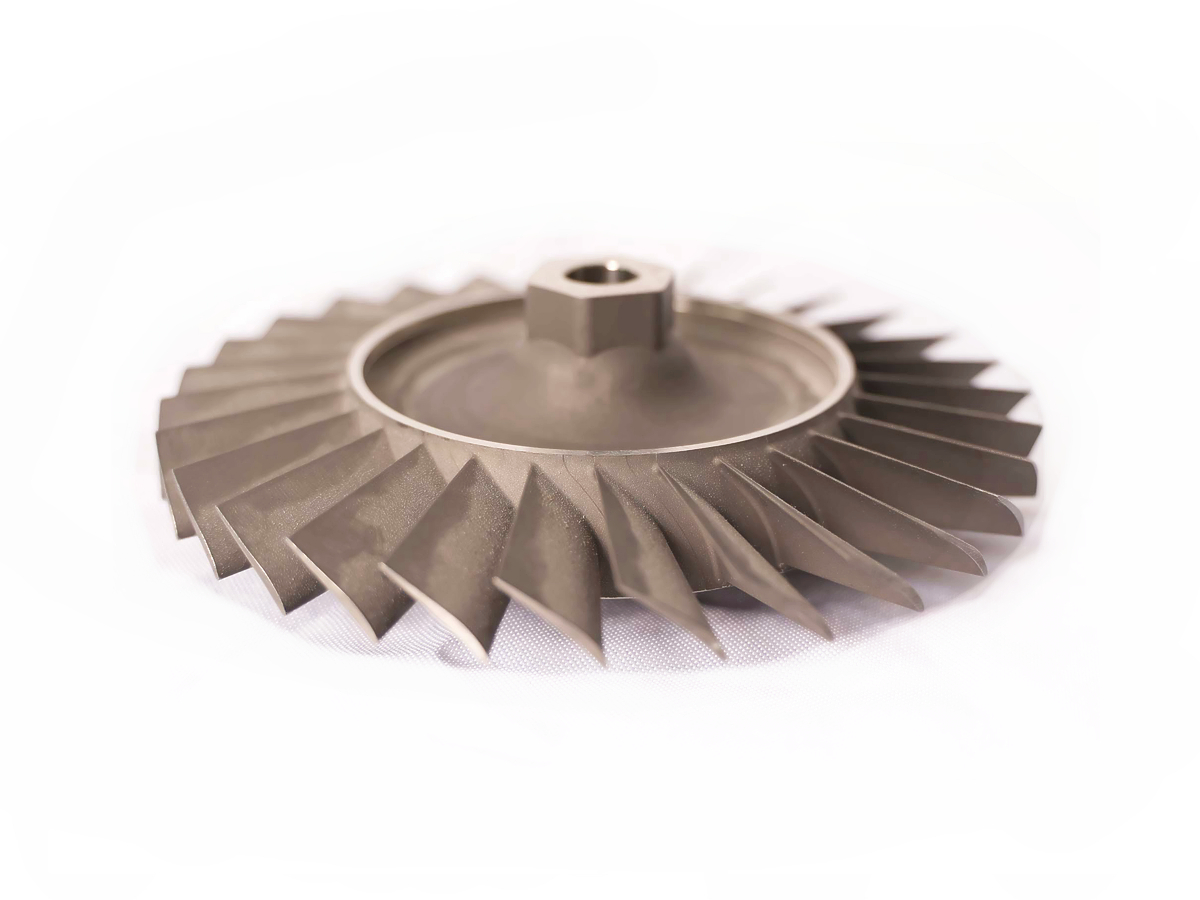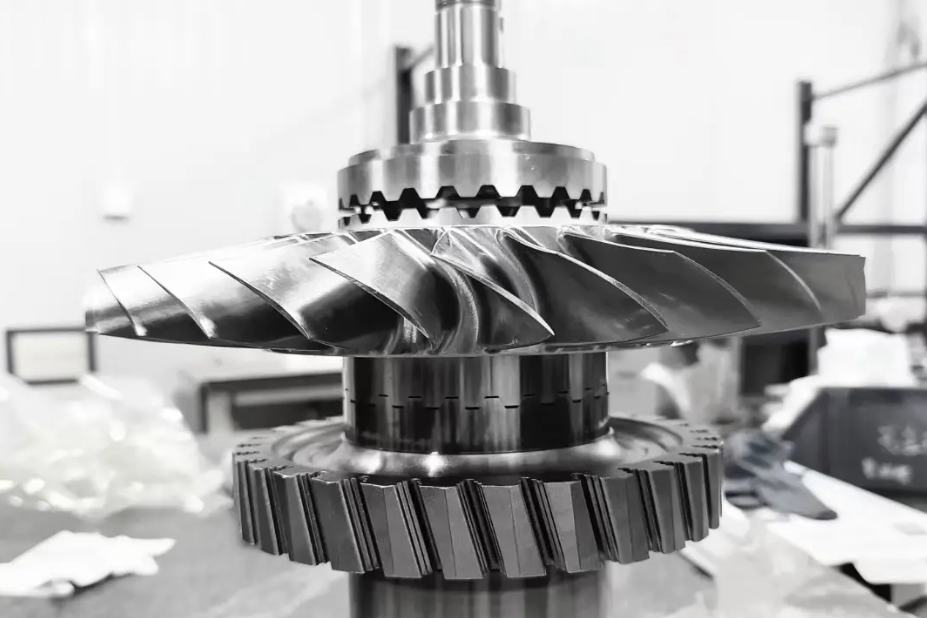Are residual stresses from machining always detrimental to performance?
From an engineering and metallurgical perspective, residual stresses from machining are not universally detrimental; their impact on performance is entirely contextual and depends on the nature (tensile or compressive), magnitude, depth, and distribution of the stress relative to the component's service loading. A simplistic view that all residual stress is bad can lead to missed opportunities for performance enhancement.
The Dual Nature of Residual Stresses
Detrimental Tensile Residual Stresses
In the vast majority of cases, surface and near-surface tensile residual stresses are undesirable and actively harmful. They act as a pre-load that superimposes onto applied service loads, effectively lowering the fatigue strength and promoting crack initiation and propagation. This is critically important for components subjected to cyclic loading, such as those in Aerospace and Aviation or Automotive applications. Furthermore, tensile stresses can accelerate stress corrosion cracking (SCC) in susceptible environments and reduce the buckling stability of thin-walled structures. These stresses typically arise from aggressive machining that generates excessive heat, causing the surface material to yield and then contract plastically upon cooling, putting it in tension.
Beneficial Compressive Residual Stresses
Conversely, compressive residual stresses at the surface are often intentionally introduced to enhance performance. Compressive stresses must be overcome by applied tensile service loads before a crack can even initiate. This significantly improves fatigue life, resistance to crack propagation, and can also enhance resistance to some forms of wear and fretting.
Processes like Shot Peening, Nitriding, and Laser Peening are specifically designed to impart a deep layer of surface compressive stress. Even certain controlled machining and grinding processes, when optimized with correct tool geometry and parameters, can be engineered to leave a net compressive stress state at the surface, turning a potential problem into a performance benefit.
Machining Strategies to Control Residual Stress
The goal of modern machining is not necessarily to eliminate all residual stress, but to manage it. For critical components, this involves:
Optimized Machining Parameters: Using sharp tools, positive rake angles, high-pressure coolant, and appropriate feeds and speeds to minimize heat generation and plastic deformation, thereby reducing the magnitude of tensile stresses.
Post-Machining Stress Relief: A crucial Heat Treatment step, particularly after roughing operations, to homogenize and reduce the overall stress level in the part before final machining.
Intentional Stress Engineering: For the final operation, selecting a process known to induce beneficial compressive stresses, or specifying a secondary process like peening after machining is complete.
Conclusion: Context is King
Therefore, to assert that machining-induced residual stresses are always detrimental is incorrect. The key is to define the performance requirements of the part first. For a non-critical, statically loaded bracket, the residual stresses may be inconsequential. However, for a rotating turbine disk made of Inconel 718 or a dynamically loaded suspension component, the residual stress state is a critical quality attribute that must be meticulously controlled and often engineered to be compressive. The sophistication lies in understanding this duality and specifying manufacturing processes accordingly.



